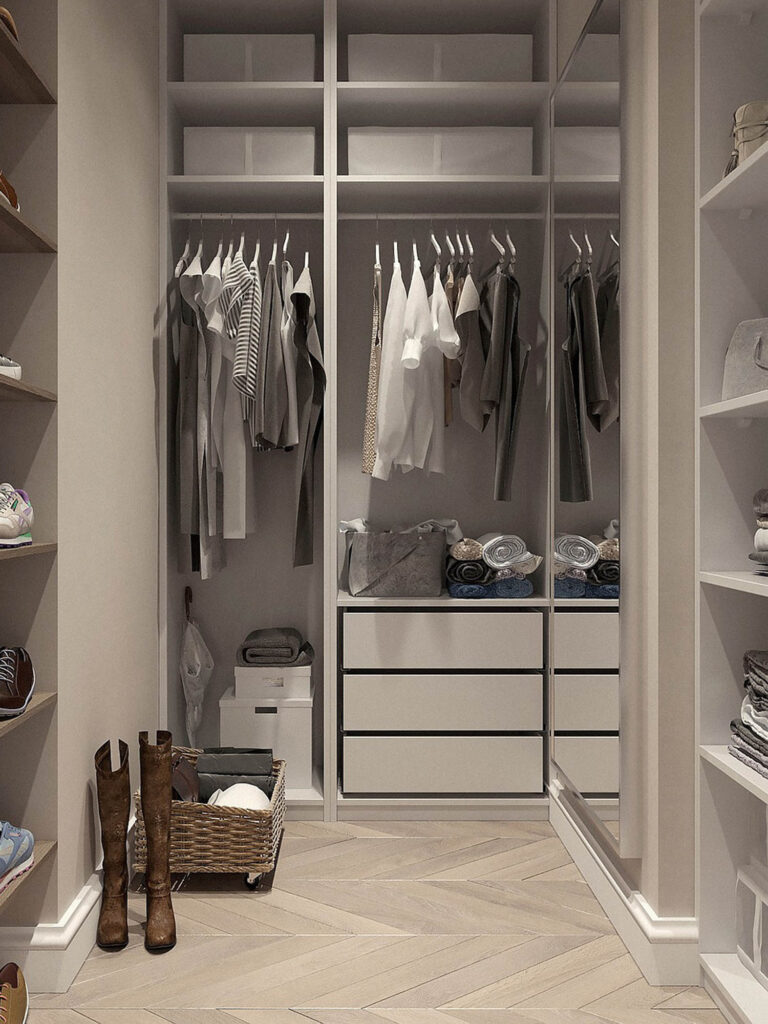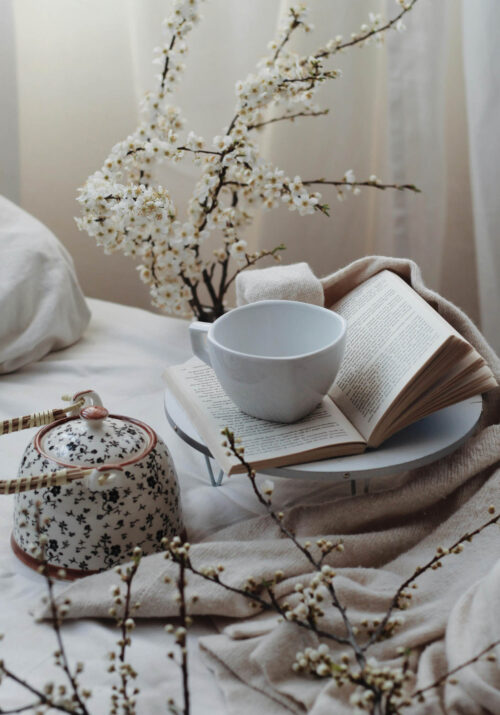When it comes to home design, closets are often overlooked. Yet, they play a crucial role in organizing our belongings and setting the tone for our daily routines. A well-designed closet not only maximizes storage but also reflects your personal style and preferences.
In this blog post, we’ll explore how to transform your closet into a space that truly reflects you.

Assessing Your Needs
Assessing your needs before embarking on a design project is crucial for ensuring that the end result meets your requirements and preferences. Start by taking inventory of the items you own. This includes not only clothes but also accessories, shoes, and other personal belongings. Make note of any specific categories that require special consideration, such as formal wear, workout gear, or seasonal items.
Next, consider your lifestyle and daily routines. Are you someone who frequently attends formal events and requires a significant amount of formal wear? Or do you lead a more casual lifestyle, spending most of your time in comfortable, everyday attire? Understanding how you use your wardrobe on a daily basis will help prioritize certain features in the design, such as the amount of hanging space versus shelving or drawer storage.
Additionally, think about how you prefer to organize your belongings. Are you someone who likes everything neatly folded and tucked away, or do you prefer to have items easily accessible on open shelves or racks? Consider any organizational systems or storage solutions that have worked well for you in the past, as well as any challenges you’ve encountered with your current setup.
Maximizing Space
Maximizing space in your closet is crucial for optimizing storage capacity and creating a functional and organized environment. Regardless of the size of your closet, there are several strategies you can employ to make the most of the available space.
Firstly, consider incorporating custom storage solutions tailored to your specific needs. This might include adjustable shelves that can be configured to accommodate items of various sizes, drawers for storing folded clothes or accessories, and hanging rods for longer garments like dresses or coats. Customizing the layout of your closet ensures that every inch of space is utilized efficiently.
Another effective way to maximize space is by utilizing vertical storage options. Install stackable shelves or cubbies to make use of vertical space above hanging garments. This allows you to store items such as handbags, hats, or folded sweaters without taking up valuable floor space. Additionally, consider installing hooks or over-the-door organizers on the back of closet doors to hang belts, scarves, or other accessories.
Incorporating multi-functional furniture can also help maximize space in smaller closets. For example, opt for a storage ottoman or bench with built-in compartments for storing shoes or seasonal items. This not only provides additional storage but also serves as a functional seating area within the closet.
Finally, decluttering regularly and utilizing space-saving organizational techniques, such as vacuum-sealed bags for out-of-season clothing or slimline hangers to maximize hanging space, can further optimize the use of space in your closet.
Reflecting Your Style
Your closet should be an extension of your personal style. Whether you prefer a minimalist aesthetic or a bold, eclectic look, infuse your personality into the design. Choose colors, materials, and finishes that resonate with you. Incorporate decorative elements such as wallpaper, artwork, or decorative knobs to add visual interest and reflect your unique taste.

Functional Organization
Functional organization is key to creating an efficient and aesthetically pleasing closet space that enhances your daily routines. Dividing your closet into zones based on the types of items you store helps streamline the organization process and ensures that everything has its designated place.
Start by categorizing your belongings into different zones, such as clothing, shoes, accessories, and seasonal items. This division allows you to create specific storage solutions tailored to each category, making it easier to locate items and maintain order within the closet.
Investing in storage solutions such as drawer dividers, hangers, and bins can further enhance the organization of your closet. Drawer dividers help keep smaller items like socks, underwear, and accessories neatly separated, preventing them from becoming jumbled together. Specialty hangers, such as those designed for scarves, belts, or ties, provide dedicated storage for specific items, maximizing space and keeping everything visible and easily accessible.
Bins or baskets can be used to corral items like handbags, hats, or seasonal accessories, keeping them contained and preventing clutter. Clear bins with labels or transparent sides allow you to quickly identify the contents without needing to open each one.
Utilizing vertical space with shelving units or cubbies can also help maximize organization. Arrange folded clothes or accessories on shelves, keeping similar items grouped together for easy access. Adjustable shelves allow you to customize the layout based on the height of your belongings, maximizing space and efficiency.
Regularly decluttering and purging items you no longer need or use is essential for maintaining functional organization in your closet. Donate or sell clothing and accessories that no longer serve you, keeping only the items that you truly love and wear regularly.
Discover how to personalize your space with closet design ideas that truly reflect your style and personality—keep reading to unlock the secrets!
Lighting Matters
Good lighting is key to a functional and aesthetically pleasing closet. Natural light can make the space feel larger and more inviting, so if possible, maximize natural light with windows or skylights. In addition to natural light, incorporate task lighting such as overhead fixtures or LED strip lights to illuminate darker corners and highlight your wardrobe.
Incorporating Personal Touches
To truly make your closet reflect you, incorporate personal touches and meaningful elements. Display cherished items such as jewelry, handbags, or accessories on open shelves or in glass display cases. Showcase photos, artwork, or memorabilia that inspire you and evoke positive emotions.
In conclusion, designing a closet that reflects your personality and meets your functional needs is a rewarding endeavor. By assessing your needs, maximizing space, reflecting your style, organizing efficiently, prioritizing lighting, incorporating personal touches, and embracing sustainability, you can create a closet that is both functional and aesthetically pleasing.
Remember, your closet is more than just a storage space—it’s a reflection of you and your unique identity.




